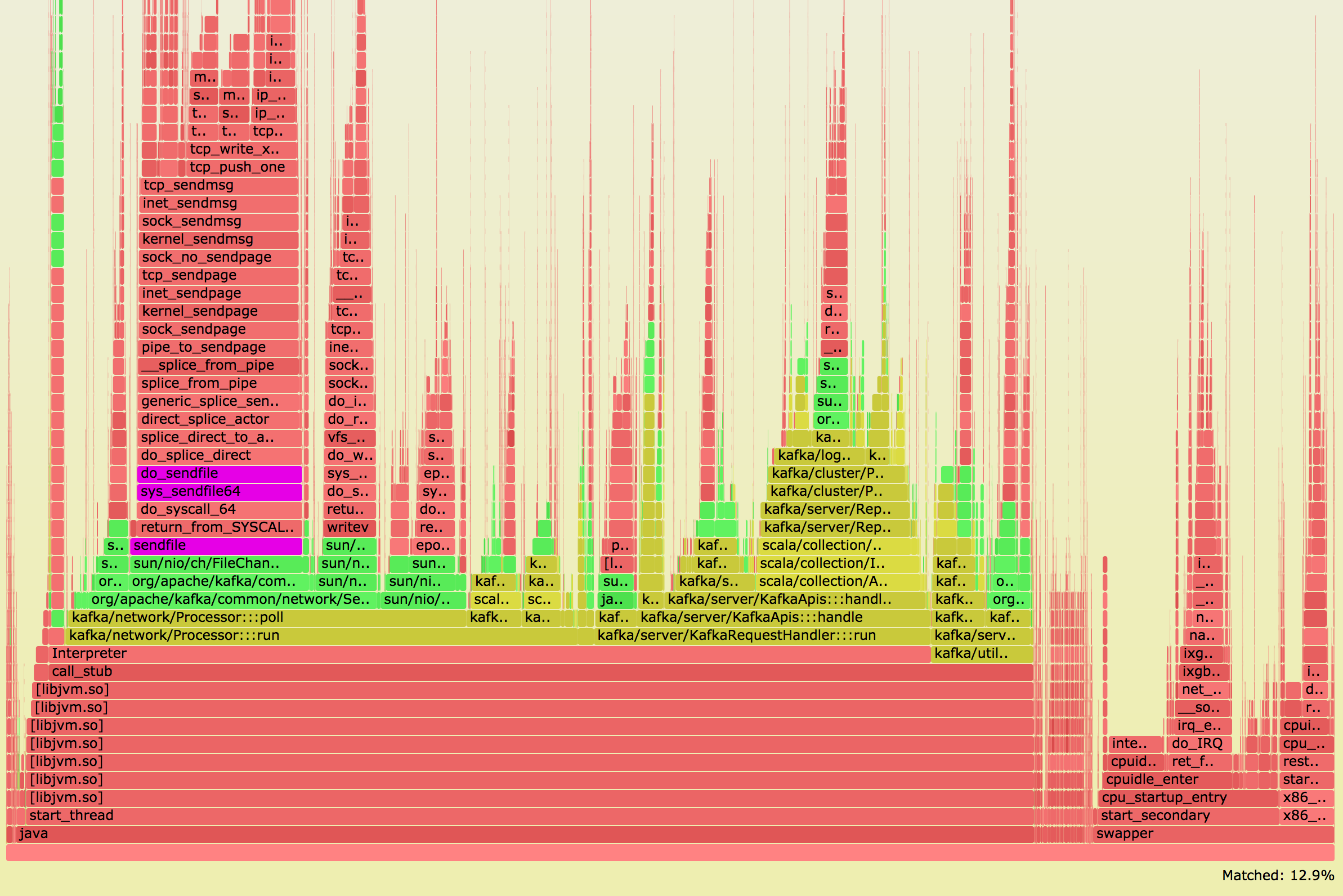Network Break 184: Arista’s Core Switch Challenges Cisco; Qualcomm Reconsiders Servers
Take a Network Break! Arista challenges Cisco in the campus with a new a new core switch, Qualcomm is reportedly considering backing away from data center server processors, and a security survey shows woeful patching habits.
Another security survey reveals that three quarters of respondents have been breached at least once in 2017, Apple abandons a planned data center site in Ireland, and ZTE halts major operations because of a US export ban on parts and software from American companies.
Finally, Google acquires cloud onboarding startup VeloStrata, while Google’s Duplex voice assistant raises hackles.
Get links to all these stories after our sponsor messages.
Sponsor: InterOptic
InterOptic offers high-performance, high-quality optics at a fraction of the cost. Find out more at InterOptic.com, and if you re attending Interop 2018 in Vegas, stop by the InterOptic booth to learn how they can help you spec the right optics for your network.
Sponsor: Cisco Systems
Find out how Cisco and its trusted partners Equilibrium Security and ePlus/IGX can help your organization tackle the General Data Protection Regulation, or GDPR. Tune into Packet Pushers Priority Queue episode 147 to get practical insights on how to get your arms around these wide-ranging rules.
 In this interview, Benedict Enweani, director of business development, systems and analytics at EXFO Ontology, discusses challenges in achieving effective and efficient service assurance in modern service provider networks, as well as the benefits of automation.
In this interview, Benedict Enweani, director of business development, systems and analytics at EXFO Ontology, discusses challenges in achieving effective and efficient service assurance in modern service provider networks, as well as the benefits of automation.

 NSX SD-WAN Segmentation
NSX SD-WAN Segmentation


